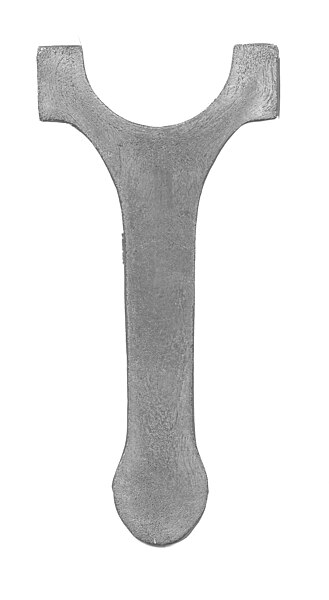Forged if of the same alloy should be stronger. Forging compacts the metal.
This is a question I also would very much like to get a somewhat scientific answer on.
Virtually every single aircraft component I make, the material is specified with an AMS number.
For each and every material, let it be SST, Nickel or TI alloy, the AMS number is identical for bars and forgings.
For example, AMS 5646 is 347SST, bars, wire, forgings, rings and tubings.
AMS 5666 is Nickel alloy 625, Bars, forgings and rings
AMS 5613 is 410SS, bars forgings, rings and tubes.
So far I've only found forging-only specifications for Titanium, as far as I can see all steels, stainless or nickels share the same AMS number between forgings and bars.
where Bar = round bar only!!! No rectangles, sheet, plate, or any other extrusion, those have separate AMS numbers, which in all cases allowed to be substituted
by a bar-spec alloy of the same.
Ditto for castings, bar can be used in place of a cast part but never in reverse.
Note, I am not stating anything, rather very curious in the official answer!



